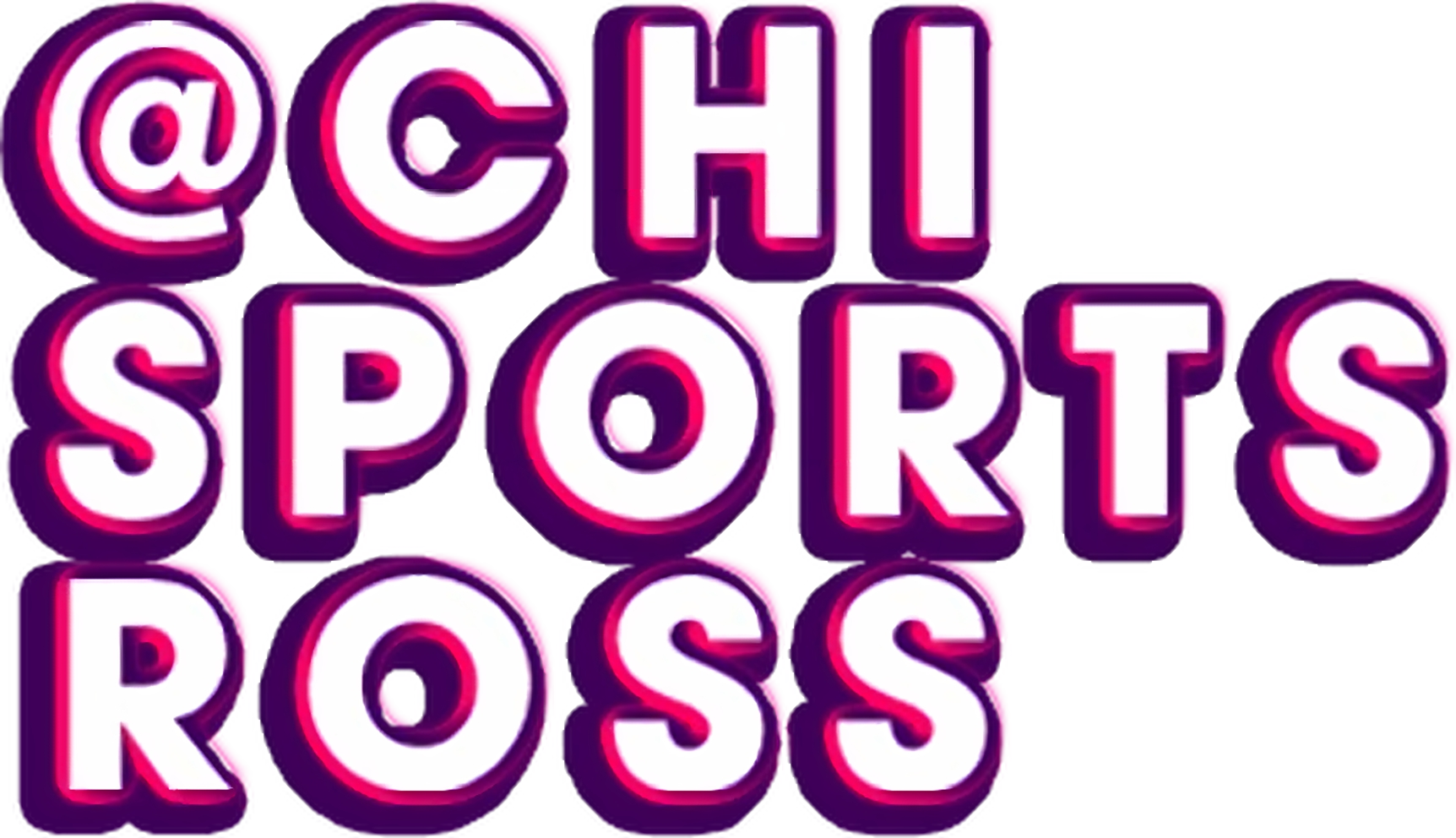The Chicago Bulls’ decision to remain passive at the NBA trade deadline for the third consecutive year has sparked a wave of disappointment among fans and analysts alike. Despite the team’s underwhelming start and the potential for significant roster improvements, the Bulls chose stability over change, leaving many to question the direction of the franchise.
The Bulls’ Trade Deadline Stance
For months, the Bulls explored potential deals for Zach LaVine, signaling a willingness to shake up the roster. LaVine himself was open to a move, especially after the team’s disappointing 5-14 start. However, with LaVine now sidelined for the season due to foot surgery, the Bulls’ trade deadline strategy seemed to shift towards inaction.
The team reportedly received inquiries about key players like Alex Caruso and Andre Drummond, and even engaged in preliminary discussions about DeMar DeRozan. Yet, when the deadline passed, the Bulls had made no moves. Executive Vice President Artūras Karnišovas cited a lack of deals that would improve the team without compromising their competitive edge as the reason for their inactivity.
The Implications of Standing Pat
This decision to stand pat raises concerns about the Bulls’ commitment to building a contender. While continuity can be valuable, the Eastern Conference’s competitive landscape is rapidly evolving, with several teams making moves to strengthen their rosters. The Bulls’ reluctance to engage actively in the trade market could be seen as a missed opportunity to address glaring weaknesses and inject new life into the team.
Moreover, the Bulls’ approach to the trade deadline hints at a deeper strategy of waiting for the offseason to make significant changes. With LaVine’s future in Chicago uncertain and contract decisions looming for DeRozan and Patrick Williams, the Bulls seem to be biding their time. However, this strategy risks alienating a fan base eager for immediate improvement and tangible signs of progress.
Looking Ahead: The Bulls’ Next Moves
The Bulls have an open roster spot and some flexibility under the luxury tax threshold, suggesting that they might still be looking to add talent through the buyout market. Last season’s addition of Patrick Beverley via this route demonstrates the team’s willingness to explore alternative avenues for improvement. Potential targets like Joe Harris, should he be waived by the Pistons, could offer the Bulls a much-needed shooting boost.
Despite the front office’s conservative approach at the trade deadline, the Bulls’ future moves will be closely watched. The team’s ability to navigate the offseason and address its roster needs will be critical in determining its trajectory. Fans and analysts will be looking for signs that the Bulls are committed to building a competitive team capable of challenging in the Eastern Conference.
Conclusion
The Chicago Bulls’ decision to sit out another trade deadline has left many questioning the team’s direction and commitment to winning. While the front office may have its reasons for opting for stability, the competitive nature of the NBA means that inaction can be as significant a gamble as any trade. As the Bulls look to the future, the pressure will be on to make the moves necessary to transform the team into a genuine contender.
